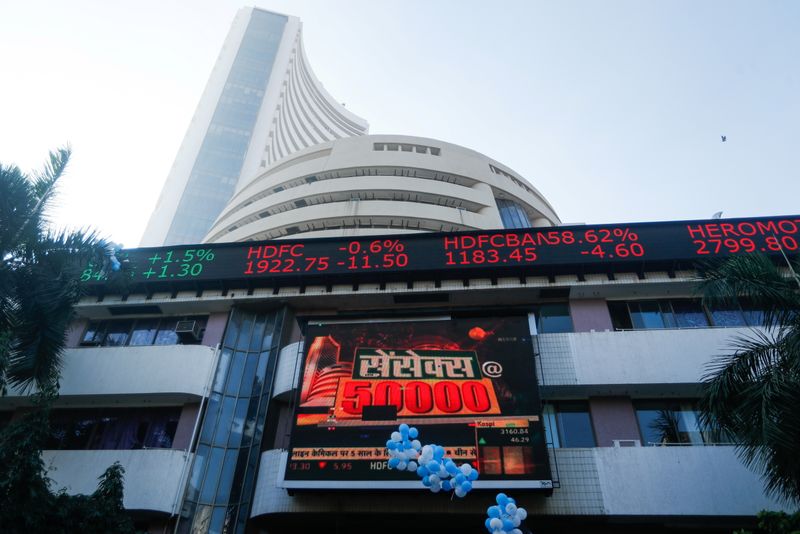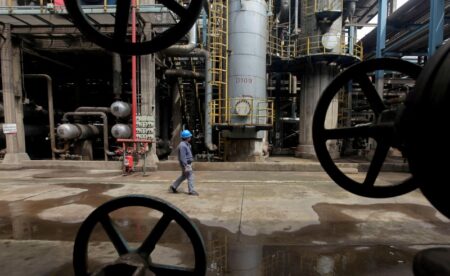Investing.com — In August 2024, India’s equity market saw a mixed performance, with the MSCI India Index delivering a positive return of 0.9%.
However, despite this gain, the index underperformed the (EM) Index by 0.5 percentage points, placing India 15th out of 24 EM countries, said analysts from Morgan Stanley in a note dated Monday.
This marked a decline from July, where India ranked 10th among its EM peers. The benchmark Sensex index rose by 0.8% but slightly lagged behind the Mid-cap and Small-cap indices, which outperformed by 10 basis points (bps) and 40bps, respectively.
“All indices made fresh life-time highs,” the analysts said, flagging a strong yet relatively muted market momentum compared to the broader EM landscape.
In August, defensive sectors led the Indian market, with seven out of ten sectors posting positive absolute returns. Communication Services and Healthcare were the top performers, driven by their defensive nature amid broader market uncertainties.
Although Technology didn’t lead in absolute gains, it significantly outperformed its EM counterparts, reflecting strong investor confidence in India’s tech sector compared to the broader EM landscape.
“Utilities was the worst-performing sector,” the analysts said, both in absolute terms and relative to its EM peers. The sector’s poor performance reflects the ongoing challenges in the energy and utilities space, exacerbated by global macroeconomic pressures and fluctuating commodity prices.
Institutional buying in India continued to be strong, with total inflows surpassing $42 billion for 2024. In August alone, institutional inflows reached$7 billion, driven by both domestic and foreign portfolio investors.
FPIs added $1.2 billion in the cash market and $256 million in the futures market, while also maintaining their buying momentum in the debt market with inflows of $2.1 billion. Domestic institutions were even more active, with acquisitions totaling US$5.8 billion during the month.
Market breadth, a key indicator of market health, remained strong, with 94% of stocks trading above their 200-day moving averages, consistent with July levels. The advance-decline line, another measure of breadth, increased by 2% month-on-month.
Despite this solid market breadth, volatility stayed low, as the decreased by 1% MoM, and implied volatility dropped by 2%. However, the put-call ratio rose by 11%, suggesting a modest uptick in bearish sentiment among traders.
The 12-month forward price-to-earnings ratio rose to 24.3x, reflecting continued investor optimism despite the relative underperformance. However, the relative P/E declined on a MoM basis to 1.73x, suggesting that Indian equities became slightly less expensive relative to the broader EM universe. The price-to-book ratio also saw an increase, rising to 4.4x.
On the currency front, the Indian Rupee depreciated by 0.2% against the US Dollar and 2.4% against the Euro in August. Year-to-date, the INR has depreciated by 0.8% against the USD and 0.6% against the EUR.
India’s bond market showed signs of easing, with the 91-day yield inching up by just 1bps in August, while the fell by 6bps. This decline in long-term yields contributed to a slight flattening of the yield curve, now standing 23bps above the March 2024 lows.
In the commodities sector, oil prices decreased by 2% month-on-month in INR terms, driven by global supply factors and demand concerns. In contrast, gold prices increased by 3% in USD terms, reflecting increased investor interest in safe-haven assets amid ongoing global uncertainties.
Read the full article here















